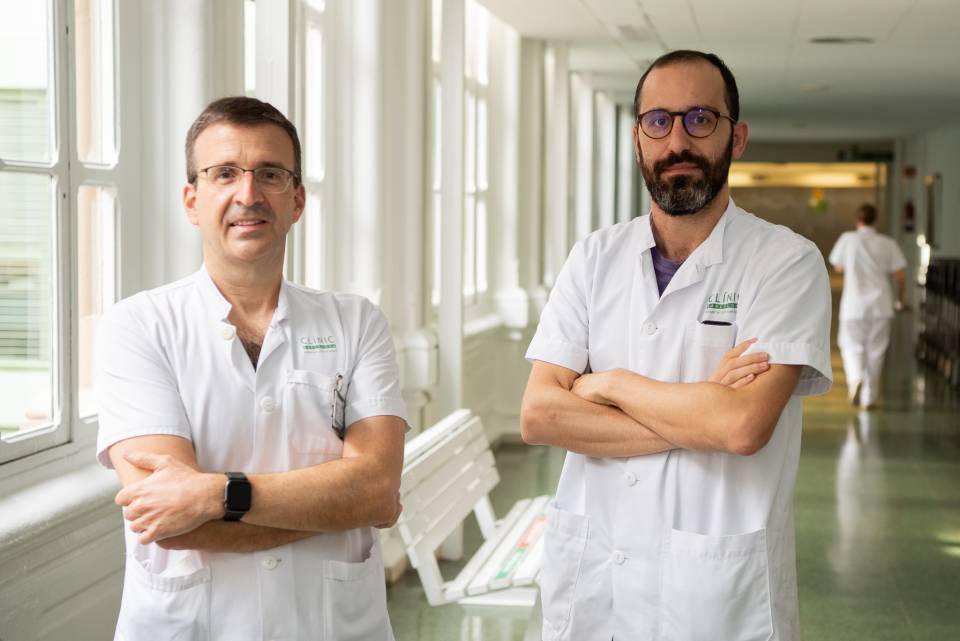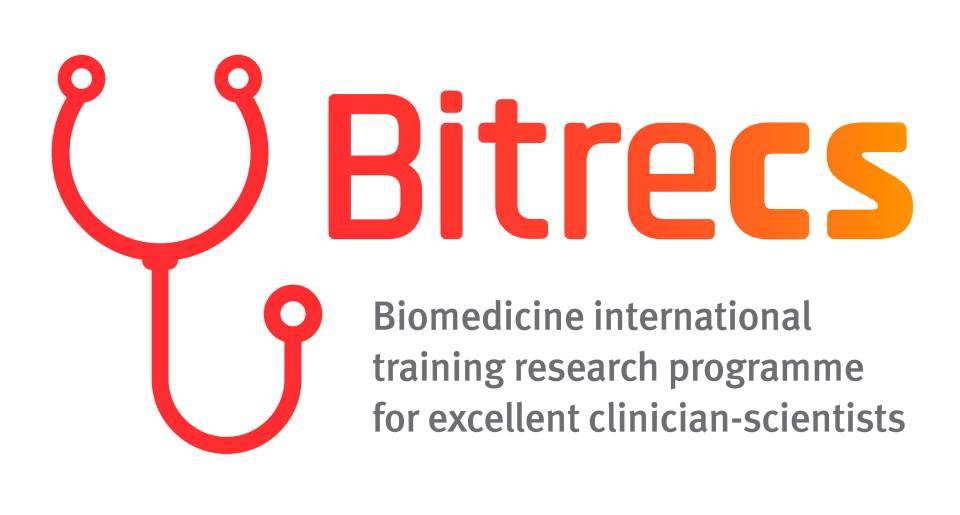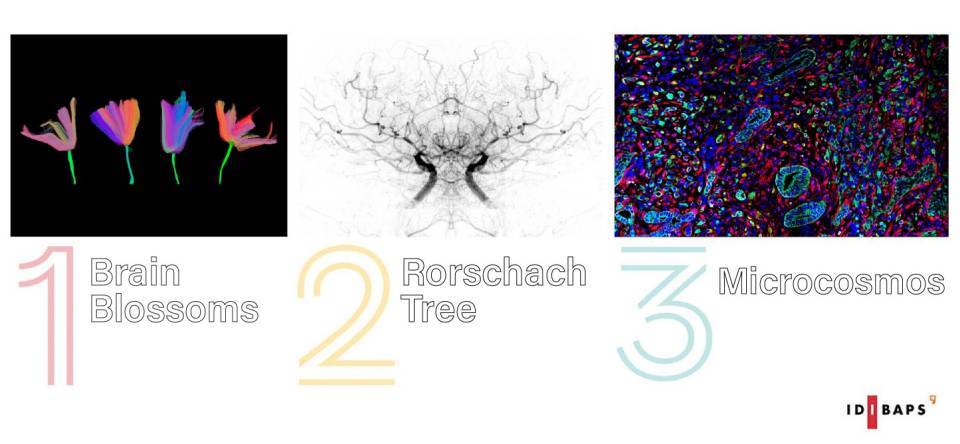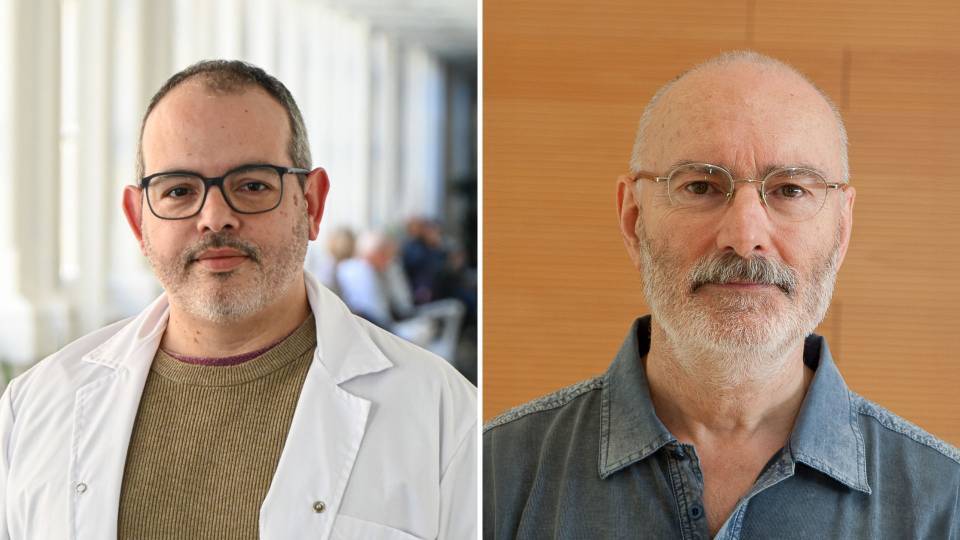28 July is the World Hepatitis Day. It is calculated that some 70 million people around the world are infected with the hepatitis C virus (HCV). In Spain, prior to the generalisation of treatments, some 1% of the population, around 475,000 people, had the virus. Now it is calculated that they represent some 0.3%, around 140,000 people.
Unsurprisingly, HCV was the most frequent cause of chronic liver disease and referrals for liver transplants in Spain.
This situation, however, is changing thanks to the generalisation of oral antiviral treatments (direct-acting antivirals or DAAs), with high strength and an excellent safety profile. These drugs have an efficacy of 99%, very few side effects and they are easy to take.
A study conducted by researchers from the Hospital Clínic-IDIBAPS and the CIBEREHD that has been published by the Journal of Hepatology shows that the administration of these treatments changes the natural history of the disease and will mean that patients being admitted for complications associated with HCV infection will be anecdotal in years to come.
The lead author of the study is Sergio Rodríguez-Tajes, hepatologist at the Hospital Clínic and researcher in the IDIBAPS-CIBEREHD research group Viral, toxic and metabolic hepatopathies, which is led by Xavier Forns, who is also head of the Hospital Clínic’s Viral Hepatitis Unit and coordinator of the study.
The authors planned to analyse whether a change in profile has occurred in patients hospitalised in hepatology units following the introduction of DAAs for the treatment of hepatitis C.
For this purpose, they reviewed all admissions due to cirrhosis and its complications at the hepatology unit at the Hospital Clínic in Barcelona from the year 2011 to the year 2019. A total of 10,053 admissions were evaluated, which represented a total of 6,272 patients with cirrhosis. It was confirmed that the number of admissions due to complications from cirrhosis due to hepatitis C was reduced by over 50% from 2015 onwards, coinciding with the introduction of treatment with DAAs.
This reduction has also impacted on the number of admissions to the ICU associated with cirrhosis due to hepatitis C, which was reduced to less than half. "Applying a model of regression, it is forecast that, by 2025, the number of patients admitted due to cirrhosis associated with hepatitis C will be minimal", indicates Sergio Rodríguez-Tajes.
In Spain, since the implementation in 2015 of the Strategic Plan for Tackling Hepatitis C, over 130,000 patients have been treated (data up to 2019). From 2015 to 2016, the treatment was restricted to patients with cirrhosis, whether compensated or decompensated, or with advanced fibrosis, enabling the treatment of the majority of patients with cirrhosis. Subsequently, in 2017, universal treatment was approved.
“The impact made by these drugs, which furthermore are safe and have few side effects, is striking” affirms Xavier Forns.
The drugs prevent the virus from multiplying and infecting new cells. The active ingredients act in combination and block the different proteins that the virus needs to grow and reproduce itself, which enables the infection to be eliminated from the body permanently.
These are medications that are taken orally (tablets) once per day, with very few adverse effects and a short duration (8-12 weeks). There are various combinations and the two used most are: glecaprevir – pibrentasvir and sofosbuvir - velpatasvir.
As for other aetiologies, according to the study, alcohol has replaced hepatitis C as the top cause of admission to hepatology units. Furthermore, the authors report a significant increase in the number of admissions due to fatty liver cirrhosis and autoimmune cirrhosis in recent years.
The results of this study highlight the effort represented by the introduction of direct-acting antivirals for the treatment of hepatitis C and underline the importance of implementing policies that will achieve the elimination of this disease.
Study reference:
Hepatitis C-related cirrhosis will be a marginal cause of hospital admissions by 2025
Sergio Rodríguez-Tajes, Anna Pocurull, Joaquín Castillo, Gherzon Casanova, Laia Vega, Sabela Lens, Zoe Mariño, María-Carlota Londoño, Alejandro Forner, Ferran Torres, Xavier Forns
DOI:https://doi.org/10.1016/j.jhep.2020.07.018




